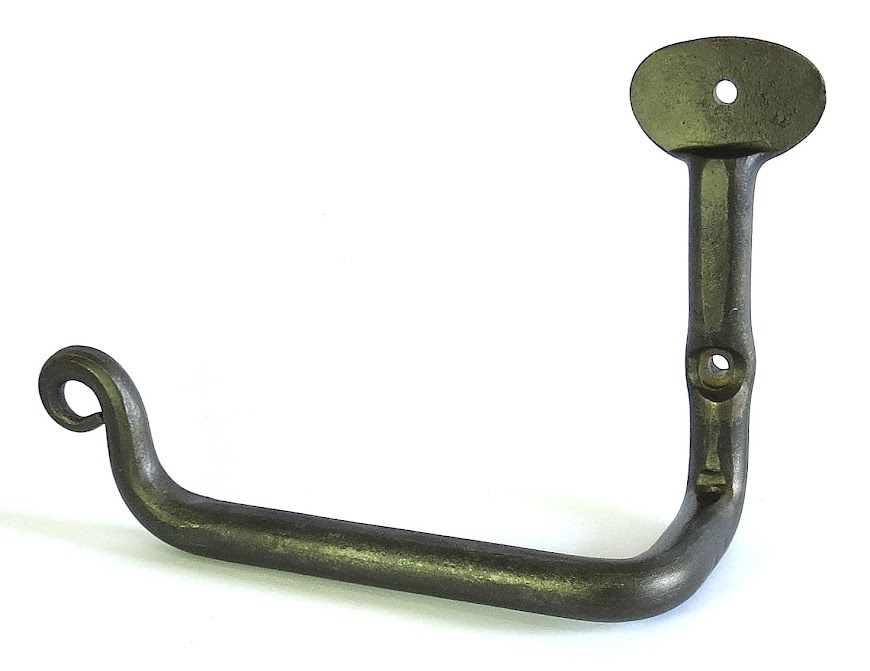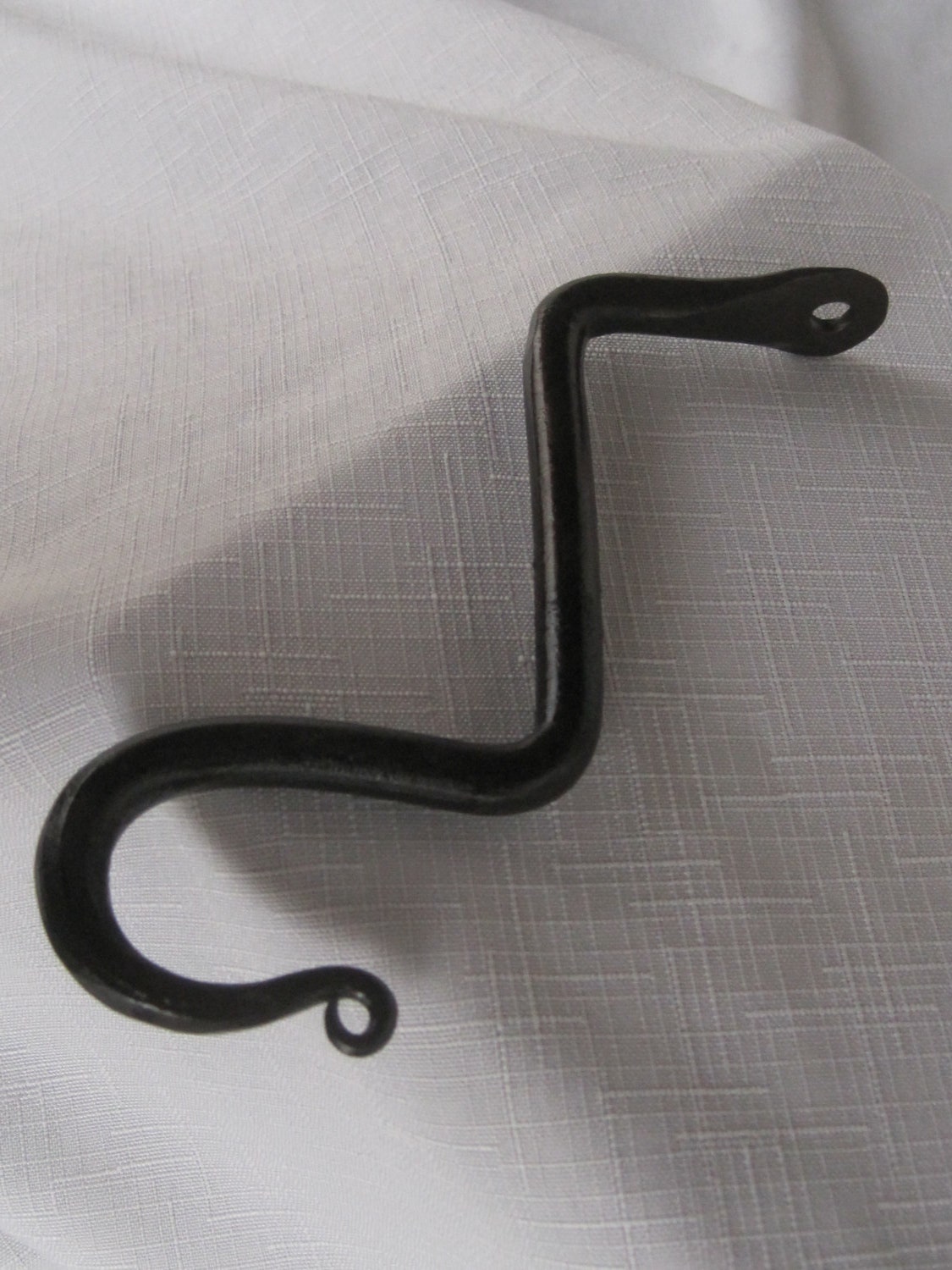I wanna make a Tomahawk.. what do I need on top of the basics...
Ok,, you need
1 piece of metal to make a tomahawk out of.. Needs some carbon,
I made one out of a rail road spike following this tutorial Rail Road spikes are about the same as 1040 steel, just hard enough to make a decent tomahawk.
http://www.anvilfire.com/iForge/tutor.php?lesson=spikeaxe/demo
Here is a video tutorial too
The hardest part of this, by far, was upsetting the end of the spike to 1" square,
So I just bought a piece of 1" square carbon steel to make my next one from..
Instead of upsetting to make one end bigger, you just hammer the rest down to what smaller shape you want...
You can also use 1040 or higher carbon steel (the 40 is how much carbon, it goes up to 1095)
Here is 1045 1" square for about $15 a foot...
12" is plenty for several axes..
Next you need a slitting chisel...
I bought this one.. it worked great
http://www.blacksmithsdepot.com/hot-slit-chisel.html
Or you could use a
Dasco flat chisel and regrind the bevel shallower, (that Dasco steel is so crazy tough, I make all kinds of tools out of them)
Or you can make one out of a piece of carbon steel, like part of a car spring..
Here is a video on how to make several tools, including a hot cut chisel and 2 others you will need
a round punch and a slot punch. Both of which can be use later to drift the slit large enough for the tomahawk drift to fit.
Next you need a normal chisel to drift the slot bigger... Anything will do it just has to be big enough to stretch the hole till the small end of the tommahawk eye drift will fit... I used a cheap Chinese hexagonal cold chisel... What is a drift you say???
Next you need a drift to shape and stretch the hole you cut for the eye to the right shape.
I bought
this one off ebay, if you just search tomahawk drift, you will find it, for about $25
Here are 2 more drifts for a mouse hawk (smaller) and a regular hawk, i have nto used them but they
look forged instead of cast with shoudl make them require less work to smooth them up. You can buy them with matching handles too.
http://www.blacksmithsdepot.com/products/knife-making.html
The advantage of this drift over using whatever you have at home is this is shaped for the
premade tear drop shaped tomahawk handles.. and I wanted to use them.. I believe I used the size Medium handles ... After you are done drifting, just measure and pick the size that fits off this page at Crazy Crow.....
http://www.crazycrow.com/tomahawk-handles
If you plan to hammer the drift all the way through, you can just measure the drift ahead of time...
the eye of my hawk was getting too thin, so I stopped before it went all the way through..
The Drift is sand cast steel, so you should sand/grind it to make it smoother.. but I used it as is and it worked ok. The smoother you make it the less work it will be to hammer it through.
You can make your own drift too, Google how to make a hammer drift or tomahawk drift...I'm making my own now to make viking axes, but the ebay one is how I did my first hawk.
The last tool you need, that you may not have, is a way to fuller the blade...
There are lots of ways to do this, including a simple bottom fuller as shown in the tutorial above.
You want a top fuller and a bottom fuller to match in Radius.. So if you only have one bottom fuller.. make it the diameter of the straight peen on your hammer... If it's not the same diameter, just use the hammer face on top as in the tutorial and keep turning the work over to work both sides...
Here is a tutorial on making a simple spring fuller yourself
I made one like this because I had a welder..
and it worked okay... if I had it to do over I'd use thicker metal for it, as the uprights kept bending on me...(The one pictured is not mine, my uprights were just angle iron I had laying around.)
Here is a tutorial on how to make a stronger one..
Other than that, just follow the tutorial above and will have a tomahawk!
File the hawk blade so it has a nice shape, then sharpen with the file.. and/or sand or stone it to put a final edge one it..





























